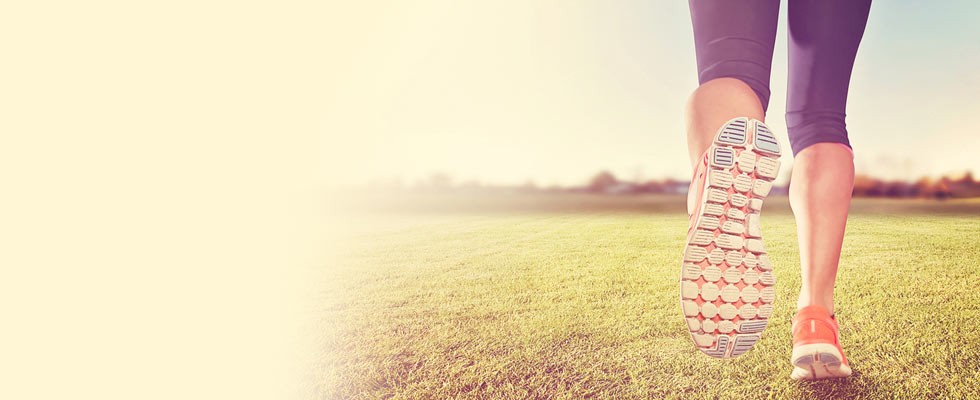If your shoe repair can wait until you're at home with more resources, use a shoe-specific repair compound like Shoe Goo. When reattaching a whole heel to a sole, use a piece of sandpaper to rough up the surfaces. This gives the glue more traction to hold the pieces together. Use some heavy books or string to hold the pieces together and let dry for at least 24 hours.
Scratches, Scuffs and Scrapes
With leather shoes especially, a scratch or scuff could spell disaster for the cosmetic look of your favorite pumps. The first step to tackling a cosmetic flaw on your shoe is determining what material the shoe is made out of. Most come with a small tag inside that notes the size and material, or if you still have the shoebox it should be printed there as well.
Once you know what kind of material needs repairing, it's time to find a suitable method. Many shoe stores, craft stores, and general goods stores carry a variety of shoe repair items. For leather shoes, "leather lotion" not only helps repair scuffs, regular use of it will moisturize the leather to prevent future cracking.
Suede is more difficult to treat, but there are many specialized products out there such as dry-cleaning bars, which are similar to an eraser. Many suede shoes come pre-treated for water resistance, but you may need a deep-cleaning spray or water repellent to reinforce that suede protection.












